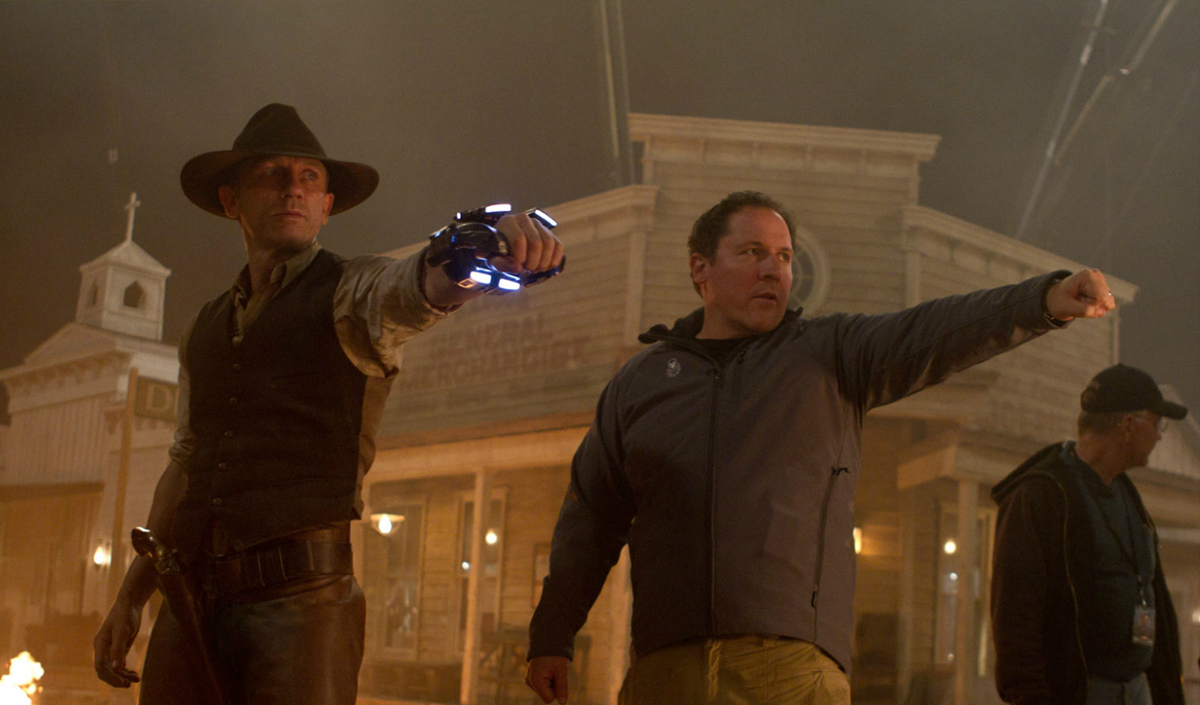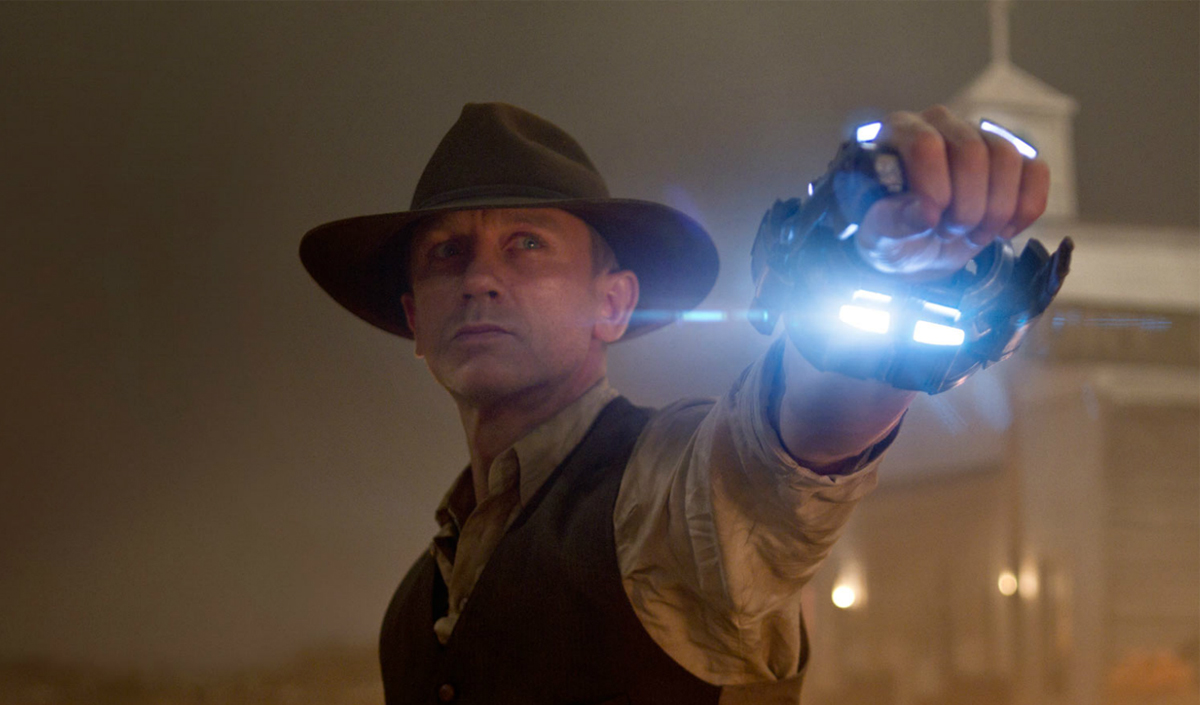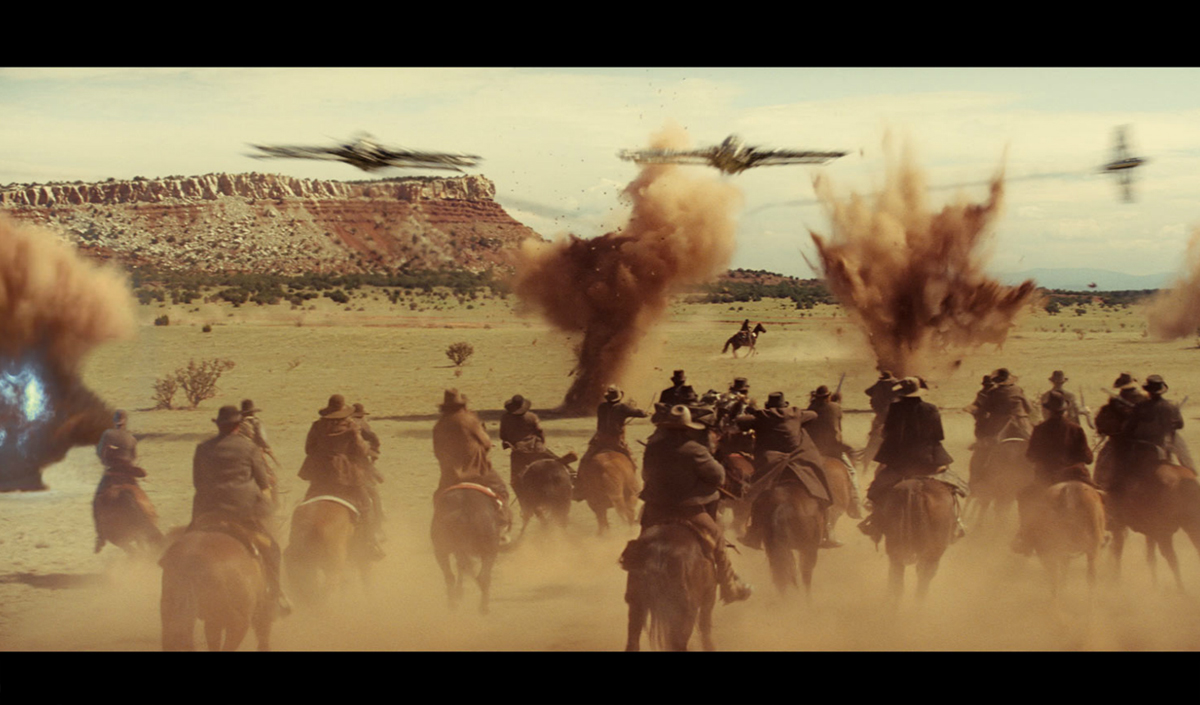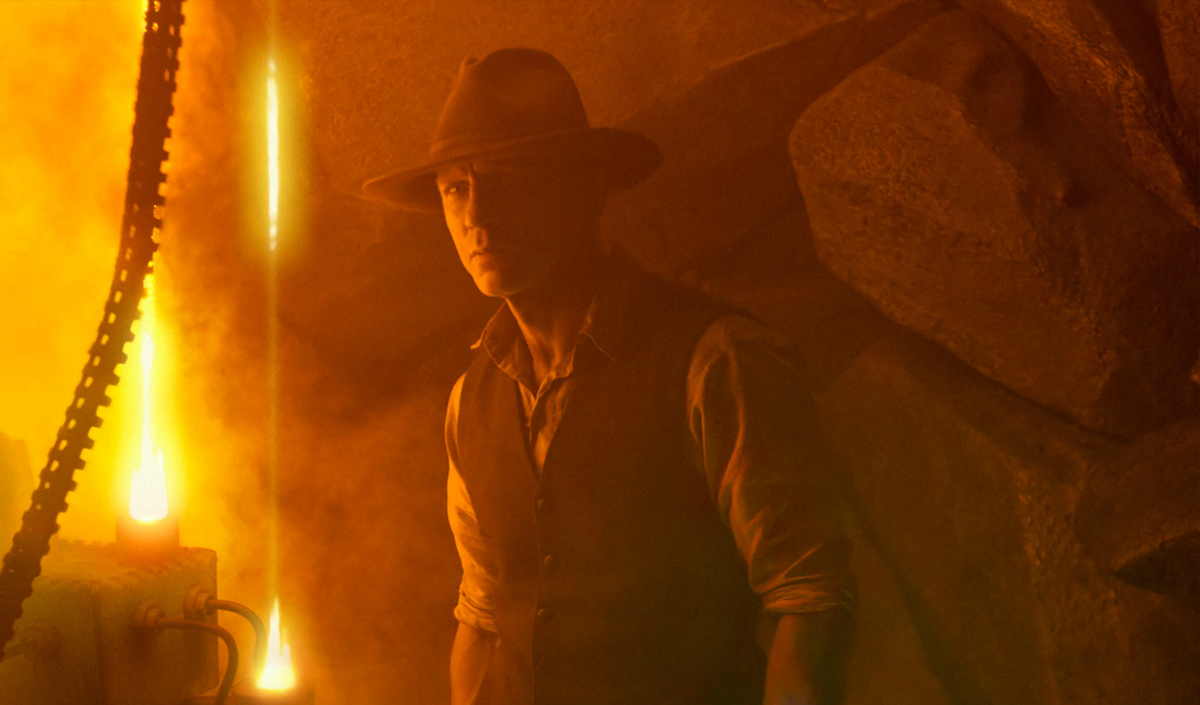Roger Guyett began his career in London and then went to America and worked at PDI before joining ILM. He will work on projects like CASPER, TWISTER or MARS ATTACKS! He will oversee the VFX for two Harry Potter (HARRY POTTER AND THE PHILOSOPHER’S STONE and HARRY POTTER AND THE PRISONER OF AZKABAN), STAR WARS EPISODE III: REVENGE OF THE SITH or STAR TREK. He received a BAFTA for Best Visual Effects for SAVING PRIVATE RYAN.
What is your background before joining ILM?
I worked in the Post Production business in London, doing computer graphics animation for commercials and broadcast TV. I then did some film work in England, just as digital FX were really taking off in the USA, and saw an opportunity to come to America. I initially worked for PDI (now Dreamworks) in California and then moved across to ILM – this was about 20 years ago.
How was the collaboration with director Jon Favreau?
Really great. He has a tremendous interest in the VFX process and is a big fan of ILM. He’s also extremely respectful of all his collaborators on the movie – he listens to people’s perspectives and is open to ideas but ultimately he’s the director. I really enjoyed working with him. He’s also a very funny man – and with the hours we work it really makes it very easy to be in his company.
What was his approach and expectation about VFX on this show?
He wanted to root the movie with a great sense of reality (as everyone does of course) but with the stark contrast in genres he really emphasized that everything must feel photo-real. This concern also came out of the fact that the final battle was set in daylight – harsh sun – and he felt it was a very unforgiving. Once he saw the first tests of the alien he was very re-assured. ILM has spent a lot of time developing their energy conservation lighting approach and it really paid off.
About the bracelet that carry Daniel Craig. Did you do something on it mainly when it expand or is it full Legacy Effects work?
Actually the props department built 2 versions of the wrist gaunlet from designs approved by Scott Chambliss (the production designer). One closed, one open. We did the transformation between the open and closed versions – we have a lot of experience with transforming-type objects (laugh). We also added the heads up display (HUD) and other smaller embellishments.
What were your references for the Aliens ships?
The ship was designed by the production design team (I want to say it was done by James Clyne – but I’m not completely sure). There was the large mining ship – that appears almost like a tower in the ground – and then the smaller insect-like (dragonflies were a strong influence) machines we called Speeders that we first encounter during the town attack sequence at the beginning of the film.
Did you use models for the Aliens ships and headquarter?
We built a small version of the large tower – which we sometimes photographed for reference on set. But all the work is really digital in the movie. Although the first 20′ of the tower was actually built as a practical set piece.
Can you tell us how you take light reference for the ships especially for the shots under bright sun?
We constantly shot both 18% grey spheres and chrome spheres for reference but also stand-in models for the ships so that we could get really good lighting reference for the ships.
Can you tell us more about the ship crashes into water?
We photographed a practical element of a shape (fairly close in size to the real thing) crashing into the water at speed. This was rigged by the practical FX team. That gave us something to frame on for the camera operators and a great starting point for the shots above the water. We then composited the CG ship over the practical element and added a lot of additional elements of smoke, water, etc. The shots below the surface were entirely CG. My favorite is the shot of the sinking ship heading towards camera – leaving a trail of debris – as its lights flicker out. That shot was composited by Francois Lambert. We had a fabulous CG FX team, led by Dan Pearson, who added were able to create all these great organic effects – including all the dust and debris around the Alien too in the battle scenes.
How did you design and create the impressive aliens?
The initial design was done by Shane Mahan and his team at Legacy FX. We then took that work and turned it into the creature you see in the movie. Martin Murphy did a really great job of all the texture work on the creature, while Michael DiComo and Robert Weaver did a lot of the shading work. Paul Giacoppo did all the modeling work.
Were there always full CG or did you use Legacy Effects models on set?
There’s very little of the practical puppet in the movie. Maybe 4 or 5 shots – all tight close-ups of its face. They’re all in one scene – the riverboat. The puppets were great reference for size and lighting and were an invaluable tool.
How were their presence simulated on set especially for the final battle?
We had stand-ins for the aliens – stunt guys wearing funny grey suits and hats – it worked up to a point but ultimately we needed some imagination for it all to come together. We directed the camera guys and described in great detail the action in each shot so they knew how to time all the camera moves.
What were your references for their animation?
Mark Chu, the animation supervisor, did a lot of research on creature movement, and did a significant number of tests on how the creature should move.
We initially thought about doing performance capture but couldn’t get the re-targeting to work in a way that we thought was appropriate – so it became all keyframe animation.
Can you tell us more about the shot in which an Alien died under molten gold?
Wow! That was our great FX team, this scene was led by Raul Essig, who spent most of the show dealing with gold. It’s a very complicated thing to achieve because of all the interaction and detail that’s going on – the gold is a molten fluid that solidifies, it’s also a light source, the alien is burnt
as the gold contacts him (generating flames)….there’s a lot going on!
How did you create the huge set extension in the cave?
That scene was shot with a very limited piece of set for the actors to interact with.
Can you explain to us the creation of the big final explosion?
That was a massive simulation event spear headed by Lee Urren here at ILM. It used all the new techniques that ILM has been developing to create these large scale explosions. It was a lot of work! Greg Slater composited the main shot together which had 100s of separate elements.
Did you develop specific tools for this show?
Yes – mainly to do with the way the molten gold.
Was there a shot or a sequence that prevented you from sleep?
Well, we had such a great team, I didn’t lose too much sleep…. but the molten gold was the most nerve racking!
What do you keep from this experience?
It was great spending time in New Mexico, the film crew were really talented. As well as working with Jon Favreau, I got to work with Matthew Libatique, who’s a great Director of Photography. A lot of great memories. Ultimately working with the FX crew every day is such an awesome job! There are so many challenges, and so many talented people at ILM (and all the other companies involved), its a great pleasure coming to work.
How long have you worked on this film?
About 20 months.
What was the size of your team?
Hundreds of people did the work across about 7 companies – but on set we had about 8 people.
What is your next project?
To early to say.
What are the four movies that gave you the passion for cinema?
THE MALTESE FALCON, APOCALYPSE NOW, THE GREAT ESCAPE, ALIEN… how’s that (laugh).
// A big thanks for your time.
// WANT TO KNOW MORE ?
– fxguide: fxguide article about COWBOYS & ALIENS.
© Vincent Frei – The Art of VFX – 2011










